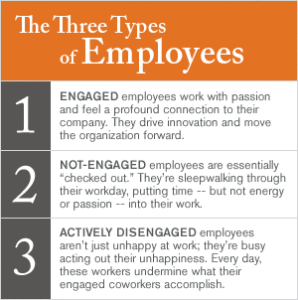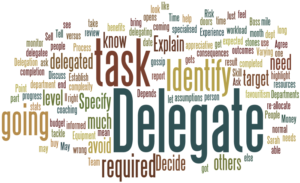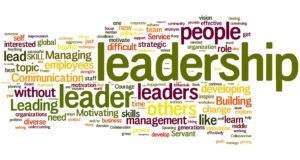Change is situational and is happening around us, all the time. If you stop to think about this, you’ll see that it is true. Consider television. The way we watch television has evolved – no more waiting until a set day and time of the week to watch your favorite show. Instead we’ll stream it or download it and binge watch it all at once. How are you managing this new way of watching television- this transition?
How we comes to term with change – how we manage the transition– from the old to the new – is the key to success. So what does managing this transition mean for the workplace and for managers and staff?
One model that resonates with Workplace Learning and Development is William Bridge’s Transition Model. This model focuses on people and the psychological changes that lie behind significant organization change. William Bridges maintains that the situational change is not as difficult as the psychological transitions that are required of the staff or team impacted by the change.
His process involves three phases:
- Ending, Losing and Letting Go – helping staff deal with tangible and intangible loses and mentally preparing them to move on
- Neutral zone – a space of time where critical psychological realignments and re-patterning takes place. This is about helping people move through the transition.
- The New Beginning – helping people develop a new identity, a new process, a new energy and discover a new sense of purpose to make the change begin to work.
So what does this mean for you as a supervisor?
In the image – you’ll see the level of management required in the beginning stages is high. During this time, something is changing – a process, a way of being at work, a work schedule, etc. – and causing a time of ending and letting go. And during this time – your staff are going through a transition – from old to new. Your role as supervisor is to guide your staff through this transition using skills such as active listening, communication and dialogue, as well as external resources such as Workplace Learning and Development.
Once your staff are in the Transition or Neutral zone, or the bridge between old and new, you’re role is to champion the change, provide them a sense of direction and provide performance feedback on how they are doing with the new change.
And lastly, a higher level of management is required as the new “beginning” is being implemented. Staff are beginning to embrace the change and incorporate in it into their workday. As a supervisor it’s essential you help sustain this this change. Using techniques such as goal setting, performance feedback and celebration.
When you implement a change it isn’t the changes themselves that people are resisting, but the transition and the losses and endings they will experience. Instead of focusing on the how good the change will be when it is complete, deal directly with the losses and endings. Consider doing the following:
- Identify who is losing what
- Don’t be surprised at “overreaction”
- Acknowledge the losses openly and sympathetically
- Compensate for losses ( if possible)
- Give people information, and do it again and again
- Mark the endings
“The single biggest reason organizational changes fail is that no one thought about endings or planned to manage the impact on people. Naturally concerned about the future, planners and implementers forget that people have to let go of the present first. They forget that while the first task of change management is to understand the destination and how to get there, the first task of transition management is to convince people to leave home. You’ll save yourself a lot of grief if you remember that.”
Adapted from: Managing Transitions, William Bridges, Addison-Wesley, 1991
Additional Resources:
- To hear William Bridges talk about this theory, change and transition – follow this link to a series of short videos.
- Bridge’s Transition Model
- Managing Transitions book via Amazon
- Influencer: The New Science of Leading Change book via Amazon
Additional Change Management Models
Written and complied by Paul Papierski, Employee and Organizational Development Specialist, Workplace Learning and Development, University of Massachusetts, Amhert








